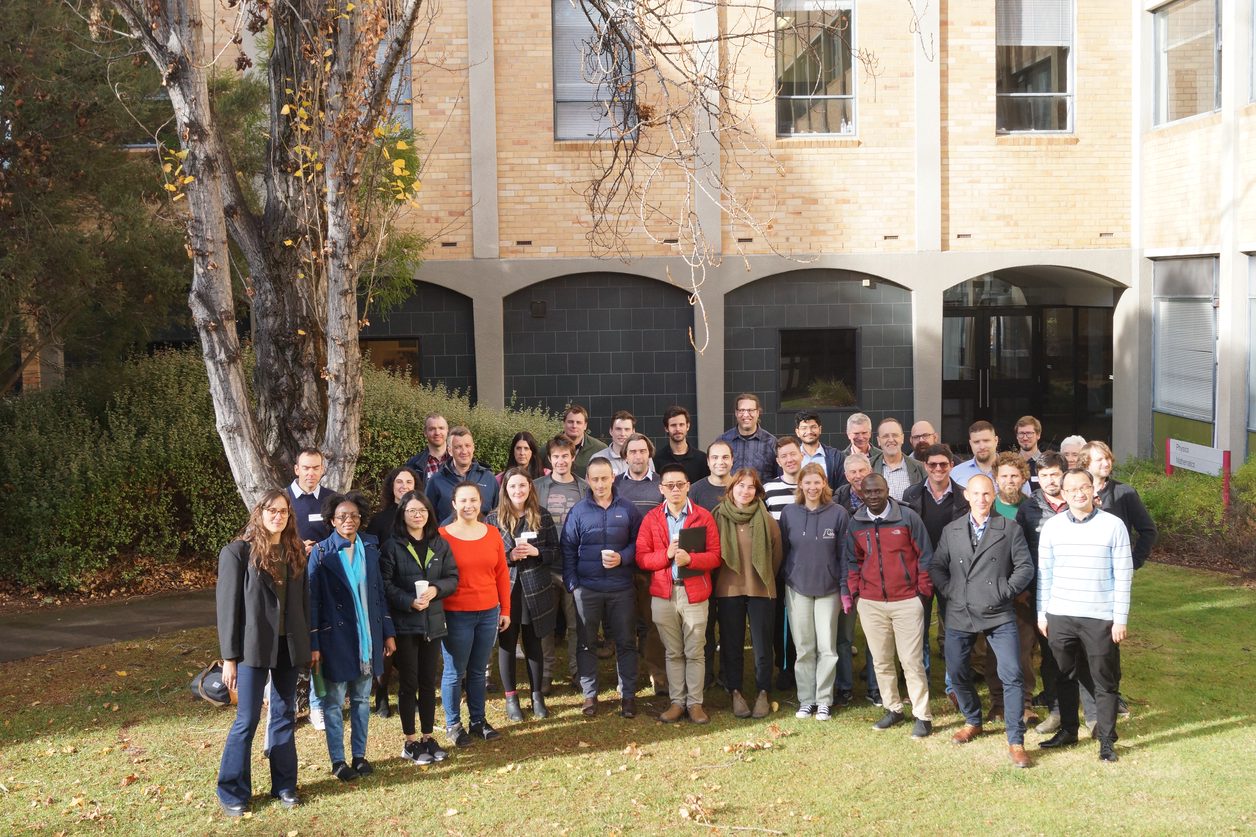The Centre for Ore Deposit and Earth Sciences (CODES) is a research institution based at the University of Tasmania’s (UTAS) School of Natural Sciences. The Centre conducts cutting-edge research, collaborating with industry partners such as Amira Global, and provides education and training in ore deposit science. Formed in 1989, CODES has undergone significant expansion over the years. It has earned widespread recognition as a global contributor to ore deposit research, particularly for its expertise in understanding the formation mechanisms of base and precious metal deposits.
CODES has forged diverse partnerships worldwide, involving around 60 industry firms and collaborating with nearly a hundred institutions and universities. With its research spanning up to 35 countries, the centre is deeply engaged in major research initiatives and holds a prominent position in Economic Geology publications. According to information in its latest available annual report, CODES sustained its excellence in technology transfer, issuing 274 industry reports and hosting 21 workshops, short courses, conferences, and field trips across multiple nations, including online platforms. CODES has a dynamic research environment, with nearly 60 academic research staff members and around 130 postgraduate students engaged in 59 major research projects across many countries.
Collaboration with Amira: Global Exploring, Characterising, and Optimising Complex Orebodies P1249
Amira Global partnered with CODES in 2022 on the Amira P1249 project ‘Exploring, characterising, and optimising complex orebodies – Upscaling orebody knowledge to add value across the mining value chain’. This project, led by CODES researchers Professor David Cooke (overall lead), Dr Lejun Zhang (Module 1), Dr Matthew Cracknell (Module 2) and Dr Michael Baker (Module 3), has emerged as a major contributor to developing new innovations in orebody characterisation and geochemical exploration globally. This collaborative endeavour not only contributes ground-breaking knowledge to the scientific community but also plays a pivotal role in shaping the academic, industrial and economic landscapes associated with ore deposit research.
The project team aims to enhance orebody understanding and provide essential data for mineralogical zoning and resource delineation at the mine level. Project P1249 concentrates on transition zones, which encompass the alteration domains extending from the orebody into adjacent non-mineralised rocks. While the project primarily targets porphyry, epithermal, carbonate replacement, and skarn deposits, its methodologies are also applicable to various deposit styles like Mt Isa-style Cu, IOCG, and orogenic Au.
Through the introduction of novel and more efficient methods and workflows for characterising mineralogy in transition zones, P1249 endeavours to improve exploration models, enable informed decision-making across the mining value chain, and pinpoint value opportunities within waste streams. By potentially reducing waste volumes, these efforts will yield new insights crucial for optimising ore extraction and recovery from complex orebodies.
Academic Advancements at CODES:
CODES has solidified its position as a hub for cutting-edge geological research through its collaboration with international partners. The Amira P1249 project, with fieldwork spanning North America, Africa, Europe, Australia, Asia and South America, exemplifies UTAS’s dedication to fostering global research networks. This cross-continental collaboration enriches the academic environment and establishes CODES/UTAS as a key player in the field of mineral exploration.
Contributions to the Minerals Industry:
The impact of the Amira P1249 project extends beyond academia, significantly influencing the minerals industry. The comprehensive fieldwork and research conducted by the project team, including the collection of 91 rock chip samples last year from the Magdalena deposit in Spain and the exploration efforts at the Northwest Expo project in Canada, contribute valuable data for mineral exploration and resource development.
The project’s engagement with industry partners like Boliden Mining and Newmont Africa underscores its relevance to real-world mining challenges. By characterising and understanding the paragenesis of deposits, such as the Magdalena volcanic-hosted massive sulfide (VHMS) deposit, the project provides critical insights that can inform exploration strategies, optimise resource extraction, and contribute to sustainable mining practices.
Global Reach and Collaborations:
The Amira P1249 project exemplifies the global reach of geological research, with collaborations extending to mining companies and academic institutions worldwide. Partnerships with institutions such as Lakehead University in Canada highlight the project’s ability to foster international collaborations and knowledge exchange.
Educational and Economic Impact:
The project’s multidisciplinary approach, involving geological, geochemical and mineralogical studies, not only advances scientific understanding but also has the potential to drive economic growth. The exploration of mineral deposits contributes to the identification of valuable resources, supporting sustainable development and economic prosperity in regions hosting these deposits.
In conclusion, the Amira P1249 project stands as a testament to the transformative impact that collaborative, international research endeavours can have on academic institutions, higher degree research students and the minerals industry. By bridging the gap between academia and industry, this project paves the way for a more sustainable and informed approach to mineral exploration and resource management on a global scale. The legacy of the Amira P1249 project continues to unfold, promising further contributions to our understanding of the Earth’s rich geological tapestry.

